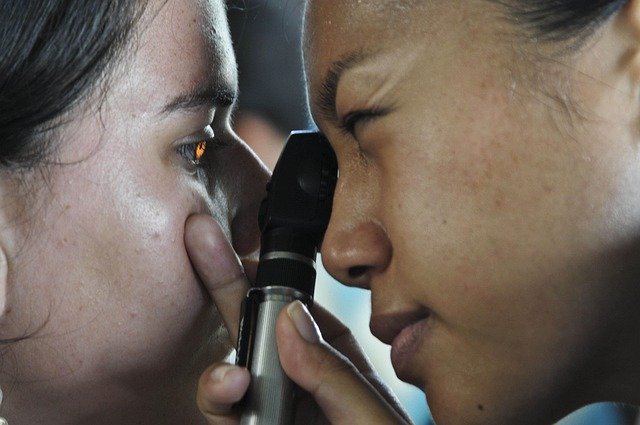Bad Eyesight Treatment: Options, Exams, and Ongoing Care
Many people experience changes in eyesight at some point in life, from mild blurriness to more significant vision loss. Understanding available treatments, how an eye exam works, and who provides care can help you make informed choices. This article outlines common causes, non-surgical and surgical options, what to expect during an exam, and practical steps for managing and improving visual function.

This article is for informational purposes only and should not be considered medical advice. Please consult a qualified healthcare professional for personalized guidance and treatment.
eye: common causes and symptoms
Problems with the eye itself can arise from refractive errors, age-related changes, infections, inflammation, injury, or chronic diseases such as diabetes. Refractive errors — myopia (nearsightedness), hyperopia (farsightedness), astigmatism, and presbyopia — are the most frequent causes of poor vision and usually present as blurred vision, eye strain, headaches, or difficulty focusing. Other symptoms that warrant prompt attention include sudden vision loss, flashes or floaters, severe pain, or double vision. Identifying the underlying cause through a professional assessment is the first step toward effective treatment.
vision: treatment options
Treatment for reduced vision depends on cause and severity. Refractive errors are commonly corrected with glasses, contact lenses, or refractive surgery such as LASIK or PRK. Cataracts, which cloud the eye’s natural lens, are treated with surgical lens replacement when vision significantly affects daily life. For retinal conditions like macular degeneration or diabetic retinopathy, treatments can include injections, laser therapy, or other specialized procedures aimed at slowing progression and preserving central vision. Low-vision rehabilitation and assistive devices are available when full restoration isn’t possible, helping people maintain independence.
exam: what to expect during an eye exam
A comprehensive eye exam checks visual acuity, refraction, eye pressure, eye movement, and a detailed inspection of internal structures. Typical steps include reading a chart to assess clarity, using lenses or a phoropter to determine prescription needs, a slit-lamp exam to view the front of the eye, and dilation to inspect the retina and optic nerve. Additional tests like optical coherence tomography (OCT) or visual field testing may be ordered for suspected retinal or nerve issues. Regular exams help detect problems early; frequency depends on age, health, and risk factors, so follow guidance from your eye care professional.
glasses: choosing and using them effectively
Glasses remain the simplest and safest correction for many vision problems. A current prescription from an exam ensures lenses provide the clearest, most comfortable vision. When choosing frames and lenses, consider material (polycarbonate or high-index for thinner lenses), coatings (anti-reflective or scratch-resistant), and lens type (single-vision, bifocal, or progressive). Proper fit and alignment are essential for comfort and optimal vision. Glasses also protect eyes from environmental irritants and UV exposure when lenses have UV-blocking coatings. For children or people with active lifestyles, specialty lenses and protective frames may be recommended.
optometrist: role and when to see one
An optometrist is a primary eye care provider trained to perform comprehensive eye exams, prescribe glasses and contact lenses, detect many eye diseases, and manage some conditions through medications or referrals. They are often the first point of contact for routine vision concerns and can recognize symptoms that require a referral to an ophthalmologist (a medical eye surgeon) for surgical or specialized care. See an optometrist for routine exams, sudden changes in vision, persistent eye discomfort, or concerns about eye health related to systemic conditions such as diabetes or hypertension.
local services: finding care in your area
When seeking treatment or routine care, look for providers that offer comprehensive services, clear communication, and good coordination with other healthcare professionals. Local services may include optometry clinics, ophthalmology centers, optical shops for glasses, and hospitals or specialty retinal practices for advanced care. Check licenses, read patient reviews, and confirm what tests or imaging are included in an exam. Many areas also offer vision screening programs or low-vision rehabilitation centers that can help with adaptive strategies. If cost or access is a concern, inquire about public health clinics, insurance coverage, or community resources that support vision care.
Conclusion
Managing poor eyesight starts with a professional exam to identify the cause and determine appropriate treatment. Options range from corrective lenses and lifestyle adjustments to medical or surgical interventions, depending on diagnosis. Regular monitoring, protective habits like UV protection and good screen ergonomics, and timely visits to an optometrist or ophthalmologist help preserve visual function and quality of life.






